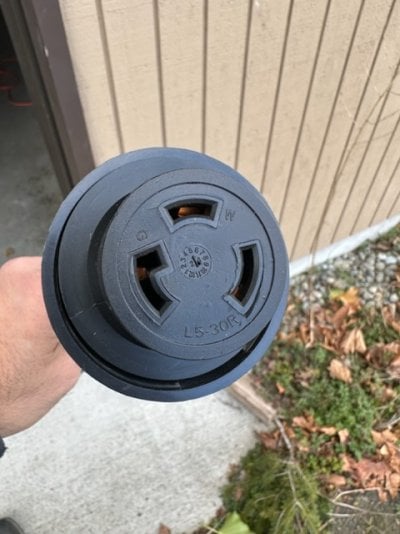Future FWC owner here. Getting an FWC Hawk next month at the factory in Woodland, will be installed on a 2023 F-150 HDPP.
Will be taking the rig to a farm that has a space in the back for RV parking, apparently one end of a 30A power cord is available there. I know that FWCs have external 30A plugs, and that they supply a "pigtail" adapter so that the 30A plug can be used with standard 15A power cords.
My question: can I simply plug the 30A cord into the 30A plug of the FWC (without using the pigtail)? Can the FWC handle 30A, or is it only designed to handle 15A (so that the pigtail is required)?
I apologize if this is a dumb question. Found an FWC manual but didn't get an answer there; it just assumed that you would use the pigtail.
Will be taking the rig to a farm that has a space in the back for RV parking, apparently one end of a 30A power cord is available there. I know that FWCs have external 30A plugs, and that they supply a "pigtail" adapter so that the 30A plug can be used with standard 15A power cords.
My question: can I simply plug the 30A cord into the 30A plug of the FWC (without using the pigtail)? Can the FWC handle 30A, or is it only designed to handle 15A (so that the pigtail is required)?
I apologize if this is a dumb question. Found an FWC manual but didn't get an answer there; it just assumed that you would use the pigtail.

